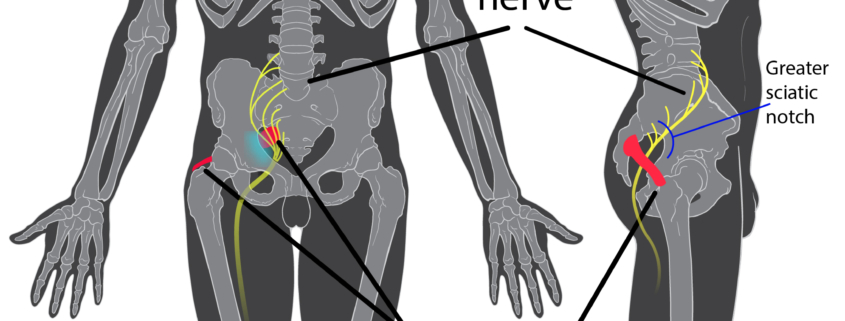
Piriformis Muscle Injections
Overview
Piriformis muscle injections are a therapeutic treatment method for a condition known as Piriformis Syndrome. This syndrome is a rare neuromuscular disorder where the piriformis muscle involuntarily contracts or spasms, causing pain and discomfort.
Types
There are no specific subtypes of pilates muscle injections but the injections can be classified based on what they contain. Some injections contain a local anesthetic that numbs the area experiencing pain. Others contain steroids that help to reduce inflammation.
Causes
Piriformis Syndrome, prompting the need for Piriformis muscle injections, is often caused by overuse or strain of the piriformis muscle. This can occur following vigorous physical activities, prolonged sitting, or traumatic events such as car accidents or falls. Sometimes, anatomical differences can contribute to the syndrome.
Symptoms
Common symptoms associated with Piriformis Syndrome include:
-
- Pain or tingling sensation in the buttocks
-
- Persistent discomfort when sitting
-
- Difficulty moving the hip joint
-
- Pain that radiates down the back of your leg
Diagnosis
The diagnosis of Piriformis Syndrome often starts with a physical examination where your doctor asks about your symptoms and medical history. Following this, you may undergo imaging tests like MRI or ultrasound.
Treatment Options
Treatment for Piriformis Syndrome ranges from non-invasive methods to surgery in severe cases. Initial treatments usually involve:
-
- Physical therapy
-
- Stretching exercises targeting the piriformis muscle
-
- Pain medication
Should conservative treatments fail, Piriformis muscle injections may be recommended by your healthcare provider.
Living With Piriformis Muscle Injections
Living with Piriformis Muscle injections involves understanding that they’re part of a wider treatment plan. Here are some tips:
-
- Follow the prescribed physical therapy regime and maintain an active lifestyle.
-
- Monitor your response to the injection and inform your doctor of any adverse effects.
-
- Eat a balanced diet and manage your weight to reduce stress on your lower body muscles and joints.
-
- Practice good posture, especially when sitting for prolonged periods.
When to Seek Help
Seek immediate medical attention if:
-
- Your pain becomes intense or unbearable
-
- Your symptoms return or worsen after the treatments
-
- You experience severe side effects from the injection such as infection, increased pain, or allergic reactions.
Above all, remember that it’s crucial to follow your medical provider’s instructions for managing Piriformis Syndrome and recovering from Piriformis muscle injections.
